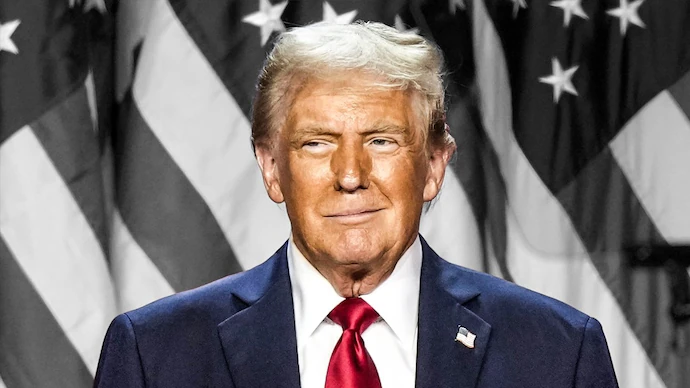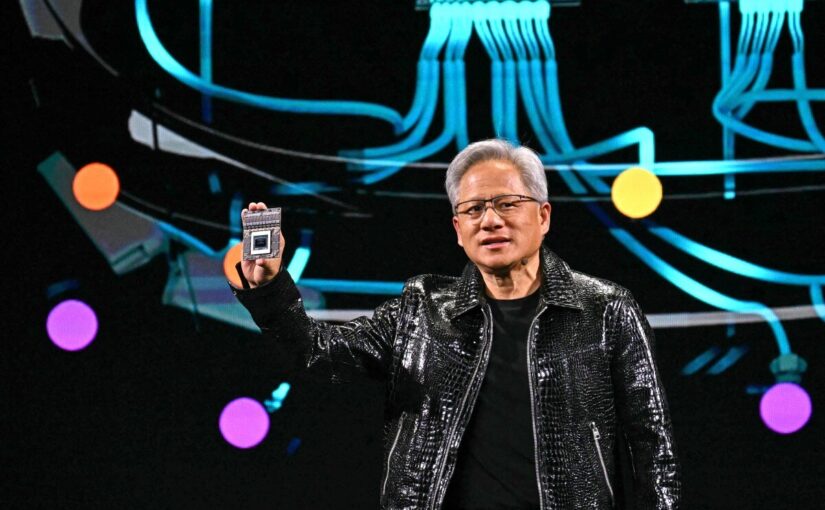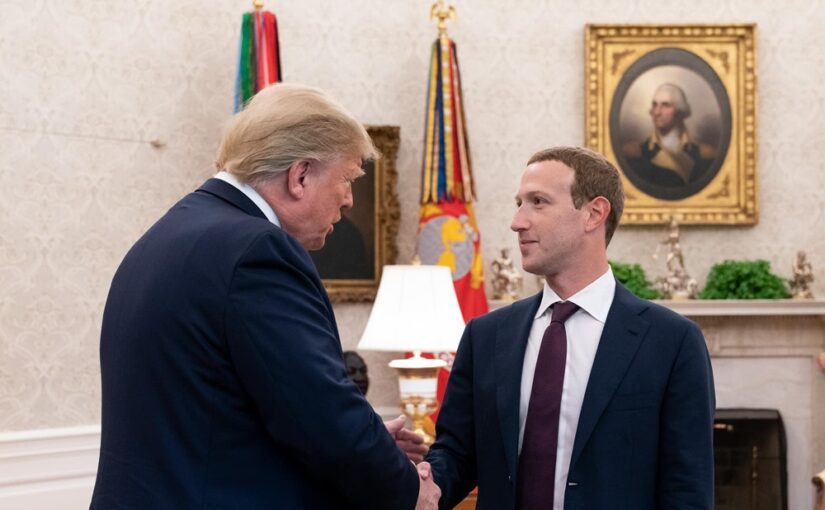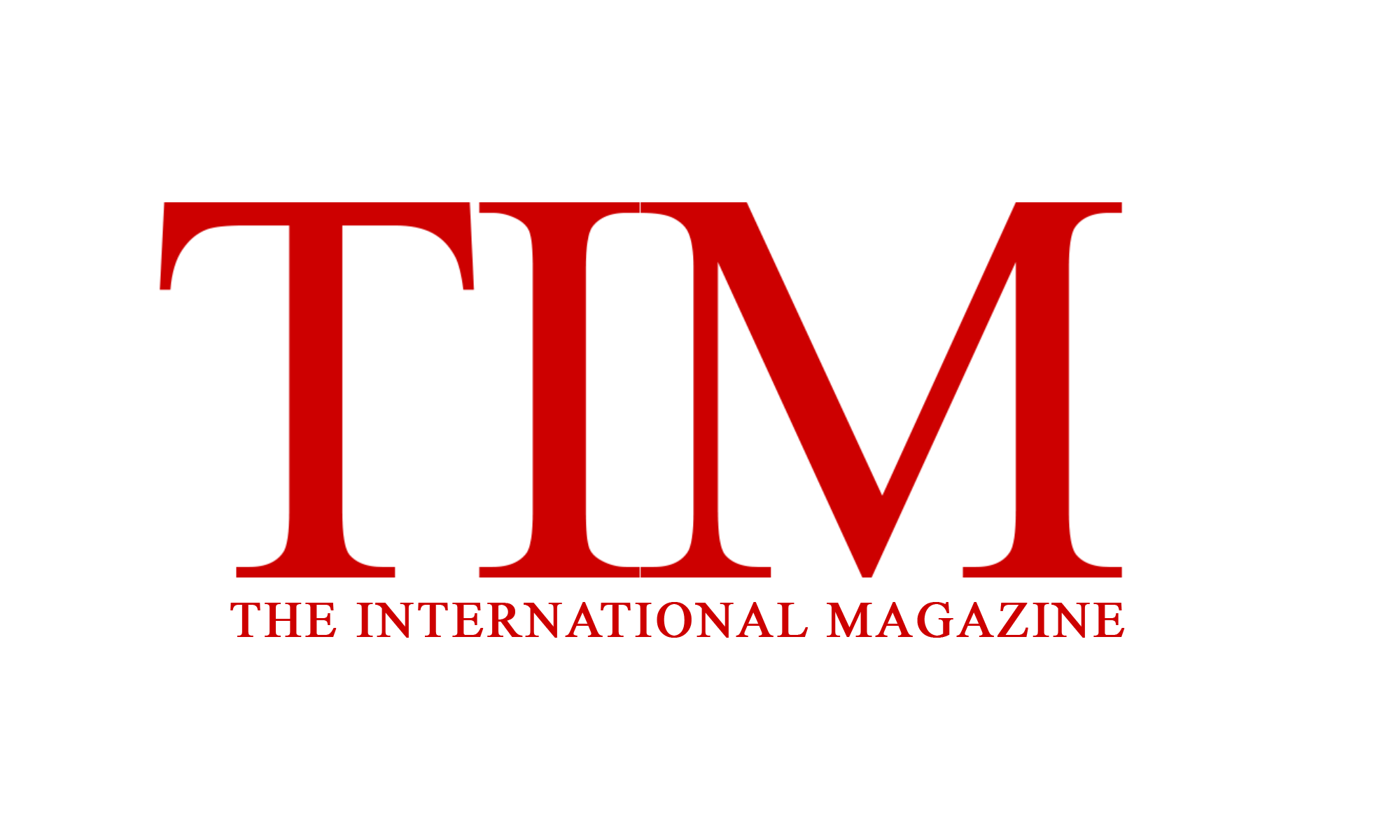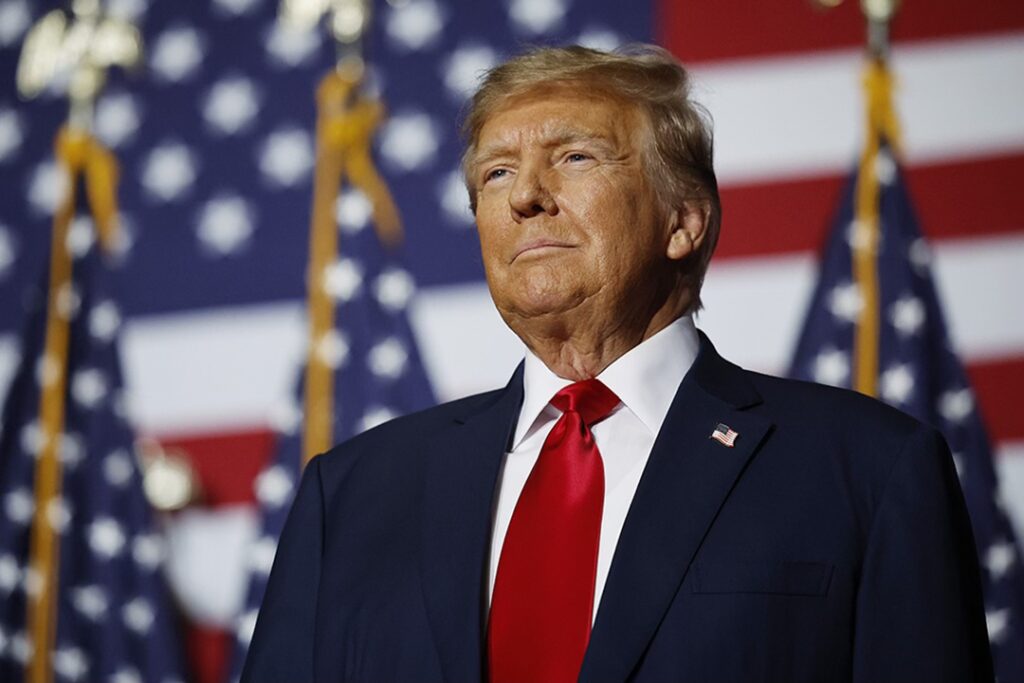
Introduction:
As the United States approaches the 2024 presidential election, the possibility of a Donald Trump return has raised both anticipation and concern across Asia. Trump’s initial presidency saw a wave of policy shifts that reshaped the region’s relations with the U.S., from trade wars with China to altered security dynamics with Japan and South Korea. As Asian nations prepare for a potential Trump 2.0, the region braces for renewed uncertainty in diplomatic, economic, and security arenas.
1. Economic Recalibrations: Preparing for Trade Wars and Tariffs
Trump’s first term introduced a disruptive trade war with China, severely impacting global supply chains. In anticipation of a second Trump presidency, Asian economies, particularly China, South Korea, and Japan, are considering preemptive strategies to mitigate similar impacts. China has invested heavily in domestic production to reduce dependency on U.S. imports, and Japan has pursued trade agreements, like the Regional Comprehensive Economic Partnership (RCEP), to secure alternative trade routes within the region.
2. South Korea and Japan: Adjusting Security Postures
A second Trump term could lead to increased demands for military spending from U.S. allies in Asia. Trump had previously called for countries like Japan and South Korea to cover more of their defense costs. In anticipation, both countries are evaluating their defense policies. South Korea has continued to bolster its defense capabilities, with discussions about greater autonomy in its security posture, while Japan has recently amended its defense guidelines, moving toward a more assertive stance.
3. ASEAN Nations: Preparing for Shifts in Trade and Diplomacy
Southeast Asian countries in the ASEAN bloc are wary of a potential Trump resurgence and the volatility it could bring to their economies. With a “trade-first” approach, Trump’s return might favor bilateral over multilateral trade deals, compelling countries to engage individually with the U.S. rather than through collective ASEAN policies. Moreover, smaller economies may worry about being sidelined in broader U.S. foreign policy interests, particularly amid China’s Belt and Road Initiative (BRI) influence in the region.
4. China’s Strategic Moves: Potential for Renewed Tensions
China, perhaps the most impacted by Trump’s initial tenure, is carefully observing the possibility of a Trump 2.0. Beijing has strengthened its relations with Russia and expanded its influence through the BRI in case of renewed U.S. antagonism. With the Indo-Pacific strategy gaining traction, China might face a renewed U.S. presence in the region, especially if Trump’s stance on China remains hawkish. Beijing’s response could include ramping up its military modernization and increasing influence over neighbors through economic incentives and political alliances.
5. India’s Geopolitical Balancing Act
India’s position could become more complex under a second Trump administration. While Trump shared a friendly rapport with Prime Minister Narendra Modi, a renewed push from the U.S. to counterbalance China could strain India’s diplomatic tightrope between Washington and Beijing. However, India may also see an opportunity to strengthen its strategic alliance with the U.S., particularly if Trump’s administration seeks to enhance the Quad—a security partnership involving the U.S., India, Japan, and Australia.
6. Technology and Digital Policy Concerns
The first Trump administration restricted several Chinese technology firms, most notably Huawei, from accessing U.S. technology. Asian countries, especially those reliant on Chinese digital infrastructure, are considering ways to diversify their technology portfolios. If Trump returns with a renewed emphasis on curtailing Chinese tech influence, countries like South Korea and Japan may face pressure to align with U.S.-led technology standards, potentially impacting their tech ties with China.
Conclusion:
As the 2024 U.S. election draws nearer, Asian countries are preparing to adapt to the potential resurgence of Trump-era policies. From trade and security to technology and diplomacy, the return of Trump could reshape Asia’s political and economic landscape. Leaders across the region are bracing for another round of policy shifts, seeking to mitigate risks while capitalizing on potential strategic advantages. While the outcome of the election remains uncertain, Asia is preparing, knowing that the reverberations of Trump 2.0 could be felt across every sector and border.



